In industrial settings, the most common signal current used in instrumentation is 4-20 mA, which serves as a standard analog signal for process control systems. This signal is widely utilized in industrial control applications. The output from field instruments typically ranges between 4 and 20 mA, acting as a transmission signal. In general, if the output drops below 4 mA, it is considered to represent a zero value on the input side.
The 4-20 mA (or 1-5 V DC) signal system is recognized by the International Electrotechnical Commission (IEC) as an analog signal standard for process control. China has adopted this international standard, particularly through the DDZ-III electric instrument series. In this system, the transmission signal uses 4-20 mA DC, while the contact signal employs 1-5 V DC. This setup involves current transmission with voltage reception, making it more robust and less susceptible to interference compared to pure voltage-based systems.
One of the main advantages of the 4-20 mA signal is its suitability for long-distance analog signal transmission in industrial environments. When transmitting over long distances, voltage drop along the wire becomes a concern. However, current signals are less affected by such losses and are also more resistant to external electromagnetic interference. Since electromagnetic waves act as a potential signal source with high internal resistance, they can cause more disruption when using voltage signals. Voltage signals are more prone to interference due to the voltage division principle, especially when the load impedance is large, such as in operational amplifier inputs.
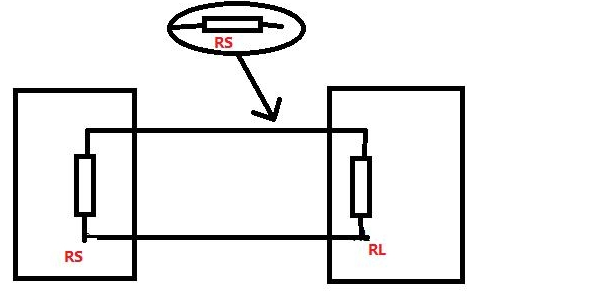
The original 4-20 mA signal was implemented using a four-wire system, where two wires were used for power and the other two for the current loop. Multi-wire systems are typically used for longer distances. However, the most commonly used configuration today is the two-wire system, which combines power supply and signal transmission into a single loop. The selection of the 4-20 mA range was based on practical considerations—setting the lower limit at 4 mA helps avoid issues with drift and makes it easier to distinguish from mechanical zero points. Additionally, the two-wire design allows the sensor to be powered using the 4 mA level. The upper limit of 20 mA also ensures safety in explosive environments, as it prevents dangerous electrical discharges that could ignite gases.
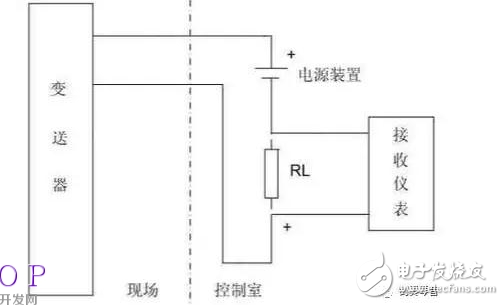
A simple 4-20 mA generation circuit operates in a two-wire system and provides active output without requiring an external power supply. The Jin Shengyang 4-20 mA conversion circuit module features electromagnetic isolation, offering enhanced reliability and performance in harsh industrial conditions.
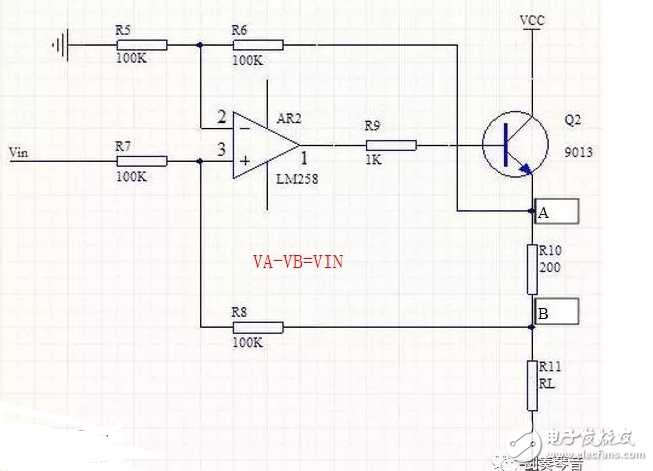
An integrated chip for 4-20 mA conversion typically operates in a passive two-wire system, requiring an external power supply. In this configuration, current flows from the ground, so the sensor board's quiescent current must remain below 4 mA to ensure proper operation.
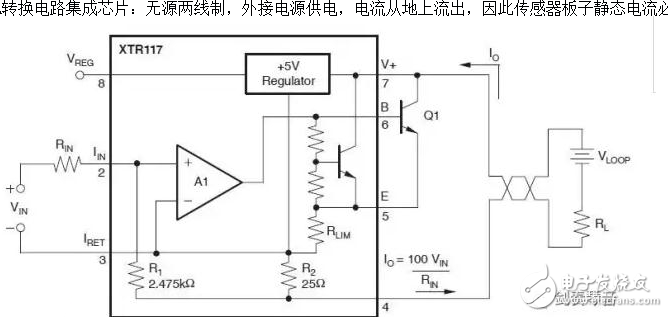
In terms of application, 4-20 mA signal transmission is widely used in various industrial automation systems. For optimal performance, it is recommended to use twisted pair cables, especially for long-distance transmissions, and to ensure proper grounding. Calibration and zero adjustment are essential steps in setting up and maintaining the accuracy of the system.
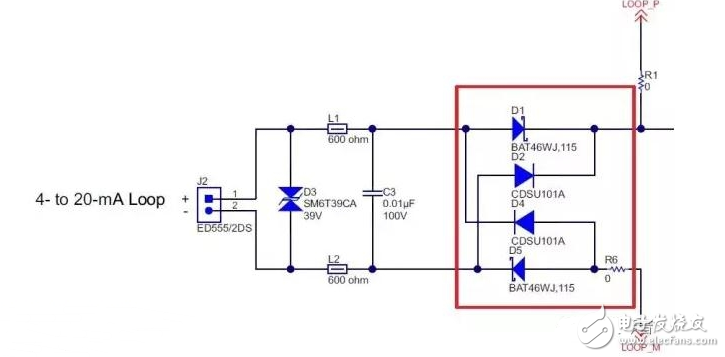
48V Lithium Battery,lithium battery bicycle,Electric Bicycle Battery,lithium electric bicycle
Shenzhen Jentc Technology Co., LTD , https://www.phenyee.com